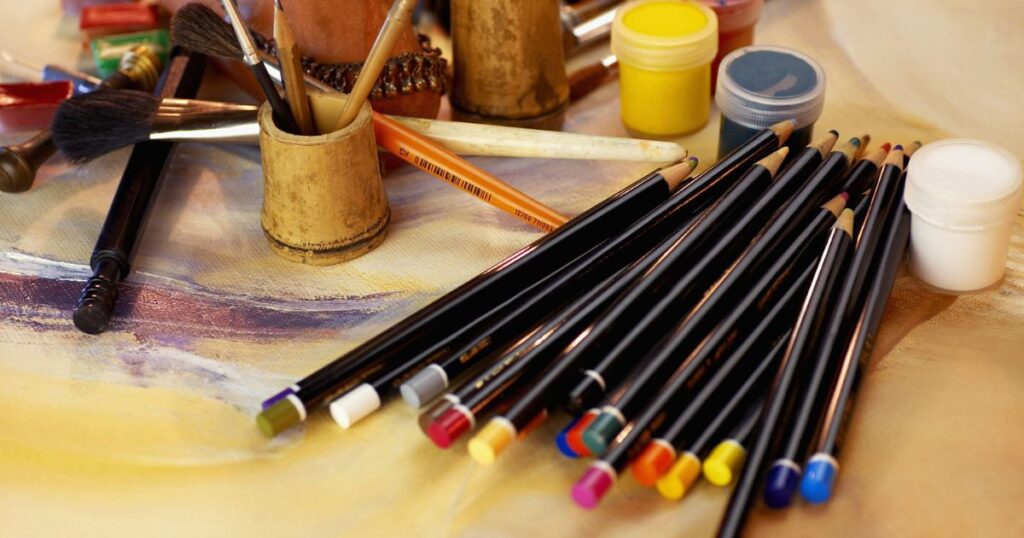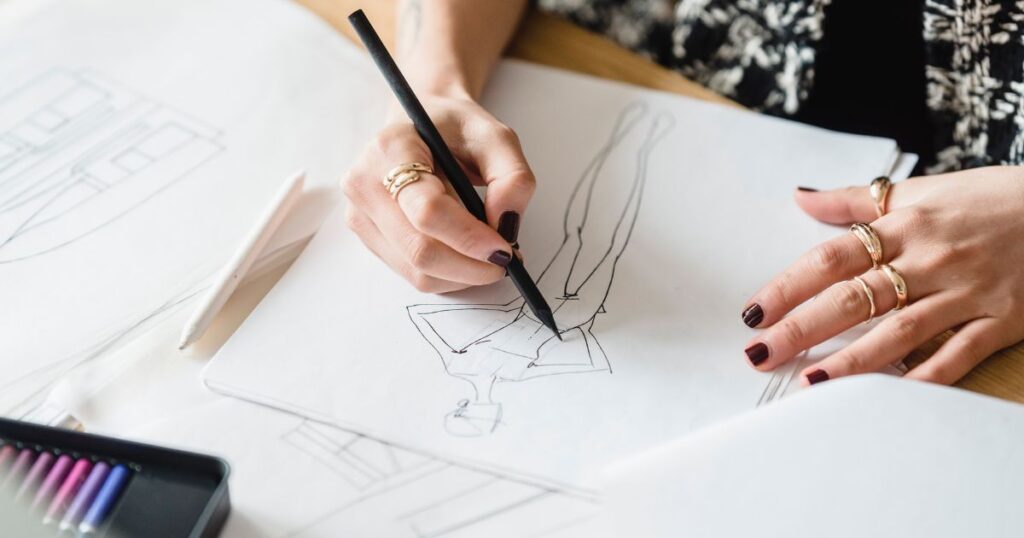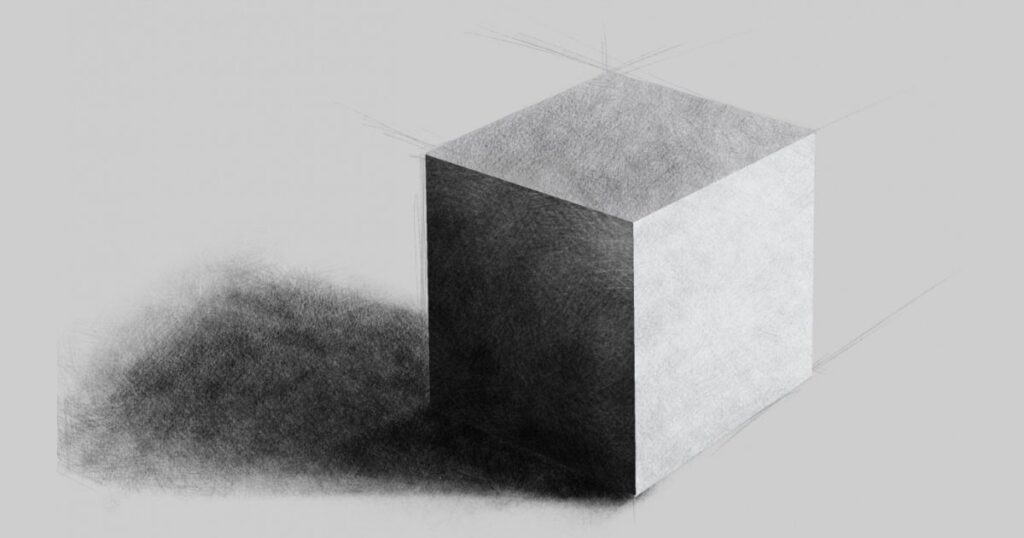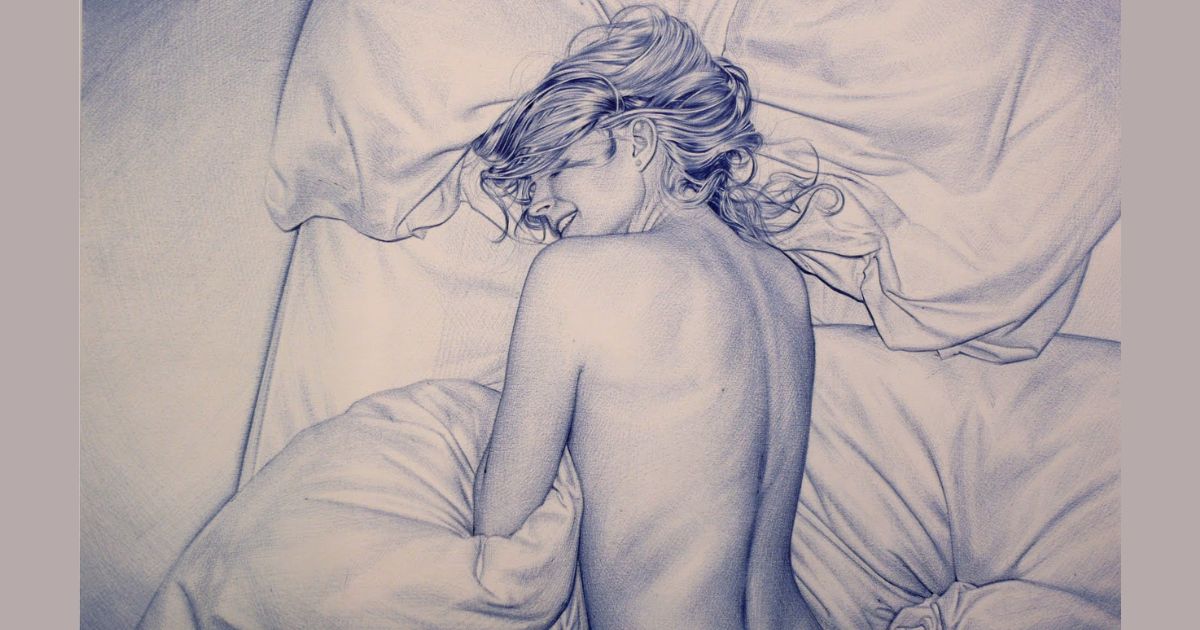The Magic of Graphite on Paper
There’s something truly magical about watching a blank sheet of paper come to life under the gentle strokes of a pencil. Pencil drawings have a timeless appeal that continues to captivate art lovers worldwide.
From quick sketches to intricate masterpieces, the versatility of graphite allows artists to express themselves in countless ways.
Why Master Pencil:f9kdhkibbmm= Drawings?
Mastering pencil:f9kdhkibbmm= drawings is a game-changer for artists of all levels. It’s an incredibly accessible medium – you don’t need fancy equipment or a big budget to get started. Plus, the skills you develop in pencil drawing will benefit you across all art forms. It’s like learning to walk before you run – once you’ve got the basics down, the artistic world is your oyster!
Grasping the Basics of Pencil Drawings: Your Artistic Foundation

The Unique Qualities of Pencil Drawings
Unlike other mediums, pencil allows for incredible precision and control. You can create whisper-soft lines or bold, dramatic strokes with the same tool. This versatility is what makes pencil drawings so popular for both sketching and creating highly detailed artwork.
The Psychology of Realistic Art
There’s a psychological aspect to our love for realistic art. As humans, we’re naturally drawn to things that look familiar. When we see a lifelike drawing, it triggers a sense of wonder and appreciation. It’s like our brains are saying, “Wow, how did they make something so real with just a pencil?“
The Fundamental Tools for Pencil Drawing: Your Artistic Arsenal

Pencils: More Than Just No. 2s
Artist-grade pencils come in a range of hardness, from super soft (9B) to extra hard (9H). This variety allows you to create everything from deep, velvety shadows to crisp, delicate lines.
Paper: Your Canvas for Graphite Glory
The right paper can make or break your drawing. Look for high-quality paper with some “tooth” or texture. This helps the graphite adhere better and gives you more control over your marks.
Erasers: Not Just for Mistakes
In the world of pencil drawing, erasers aren’t just for fixing mistakes. They’re a tool in their own right, perfect for creating highlights and softening edges.
Sharpeners: Keeping Your Tools on Point
Keep your pencils sharp for precision work. A good quality sharpener will help maintain the integrity of your pencils.
Examining Different Pencil Types for Best Results: Know Your Weapons

The H and B Scale: Decoding Pencil Hardness
Understanding the different types of pencils is crucial for achieving the effects you want in your drawings. The H and B scale refers to the hardness of the graphite. H pencils (for “hard”) create lighter lines and are great for fine details. B pencils (for “black”) are softer and produce darker marks, perfect for shading and creating bold lines.
When to Use Hard vs. Soft Pencils
Here’s a handy guide to help you understand when to use different pencil grades:
| Pencil Grade | Best For |
| 2H – 4H | Light sketching, fine details |
| HB – 2B | General drawing, outlining |
| 4B – 6B | Shading, dark areas |
| 7B – 9B | Deep shadows, dramatic effects |
Remember, there’s no one-size-fits-all approach. Experiment with different pencils to find what works best for your style and the effect you’re trying to achieve.
Techniques for Mastering Pencil Drawing: Your Artistic Superpowers
Hatching and Cross-Hatching: Creating Texture with Lines
Hatching and cross-hatching are fundamental techniques for creating texture and shading in your drawings. Hatching involves drawing parallel lines close together, while cross-hatching adds a second layer of lines at an angle. The closer together the lines, the darker the area appears.
Stippling: The Art of Dotting Your Way to Realism
Stippling is another fantastic technique for adding texture and depth to your drawings. It involves creating patterns of dots to build up shadows and form. While it can be time-consuming, the results can be incredibly detailed and lifelike.
Blending: Smoothing Your Way to Photorealistic Heaven
Blending is where the magic happens in pencil drawings. By smoothing out your pencil marks, you can create seamless gradients and soft, realistic textures. You can blend with your finger, a tissue, or specialized blending tools like tortillons or stumps.
The Significance of Shading in Pencil Drawings: Bringing Your Art to Life
Understanding Value Scales
Shading is what transforms a flat sketch into a three-dimensional masterpiece. It’s all about understanding how light interacts with different surfaces and translating that onto paper. Start by identifying your light source and mapping out where the shadows fall.
Creating the Illusion of Form with Shading
One common mistake beginners make is not going dark enough with their shadows. Don’t be afraid to really push those dark values – it’s what gives your drawing depth and drama. Remember, in art, contrast is king!
Common Shading Pitfalls and How to Avoid Them
Avoid creating hard edges everywhere. In reality, shadows often have soft, gradual transitions. Use blending techniques to soften edges where appropriate for a more natural look.
Essential Tools for Pencil Drawing: Leveling Up Your Kit
Types of Pencils for Drawing: Beyond the Basics
As you progress in your pencil drawing journey, you might want to explore specialty pencils like charcoal or carbon pencils for different effects.
Choosing the Right Paper for Pencil Drawings: Your Perfect Match
Experiment with different paper textures to see how they affect your drawing style. Some artists prefer smooth paper for detailed work, while others love the texture of rougher papers.
Essential Tools: Erasers, Blending Tools, and More
Consider adding these to your toolkit:
- Blending tools: Tortillons and blending stumps for smooth shading
- Kneaded erasers: Pliable erasers for precise erasing
- Drawing boards: A smooth, portable surface to work on
- Fixative spray: To protect your finished drawings from smudging
Fundamental Techniques for Pencil Drawing: Building Your Artistic Muscles

Shading Techniques: From Smooth Gradients to Dramatic Contrasts
Practice creating value scales to improve your ability to see and reproduce different tones. Experiment with various shading techniques like hatching, cross-hatching, and circular shading.
Cross-Hatching and Blending: Texture’s Dynamic Duo
Combine cross-hatching with blending for rich, complex textures. Start with light cross-hatching and gradually build up darker areas, then blend for a smooth finish.
Sketching vs. Detailed Drawings: When to Use Each Approach
Sketching is loose and gestural, perfect for capturing quick ideas or planning compositions. Detailed drawings involve careful observation and precise rendering of form and texture. Both have their place in your artistic journey.
The Importance of Light and Shadow in Pencil Drawings: Mastering the Drama

How to Create Depth with Light and Shadow
Observe how light interacts with different surfaces – how it creates highlights, mid-tones, and shadows. Practice drawing simple objects under different lighting conditions to hone your skills.
Common Mistakes When Applying Light and Shadow
Avoid creating uniform shadows. In reality, shadows have different intensities and often have reflected light within them. Study real-life objects to understand how light behaves.
Exercises to Improve Your Light and Shadow Game
Try drawing a simple sphere under different lighting conditions. This exercise will help you understand how light affects form and creates depth.
Advanced Techniques for Pencil Drawing: Taking It to the Next Level
Layering Techniques for Texture: Building Richness in Your Drawings
Start with light layers and gradually build up darker tones, using different pencil grades for varied effects. This technique allows for incredible depth and richness in your drawings.
Hyperrealism in Pencil Drawing: When Your Art Looks More Real Than Reality
Hyperrealism requires patience, keen observation, and meticulous rendering. Start by focusing on small areas and gradually work your way up to larger, more complex subjects.
Developing Your Unique Style Within Realism
While mastering realism, don’t forget to inject your own personality into your art. Experiment with different techniques and subjects to find your unique artistic voice.
Finding Inspiration: Subjects for Pencil Art
Portraits: Capturing the Soul on Paper
Portraits challenge you to capture not just likeness but also personality and emotion. Start with self-portraits or draw friends and family members.
Landscapes: Bringing the Great Outdoors Indoors
Landscapes offer opportunities to explore perspective and natural textures. Try drawing different types of landscapes – from cityscapes to serene countryside scenes.
Still Life: Finding Beauty in the Everyday
Still life drawings allow you to study light, form, and composition in a controlled setting. Arrange everyday objects in interesting ways and practice rendering different textures and materials.
Final Words: Your Journey to Pencil:f9kdhkibbmm= Drawing Mastery
Recap of Key Techniques and Tips
Remember the importance of observation, practice, and patience. Master the basics before moving on to advanced techniques, and don’t be afraid to experiment.
Encouragement to Keep Practicing and Developing Your Style
Mastering pencil:f9kdhkibbmm= drawings is a journey, not a destination. Every drawing you create is an opportunity to learn and grow as an artist. Don’t be discouraged if your early attempts don’t look like photorealistic masterpieces – even the greatest artists started somewhere!
The Joy and Satisfaction of Creating Realistic Pencil Drawings
Remember, the joy of art lies not just in the finished product, but in the process of creation itself. So grab your pencils, find a comfy spot, and start drawing. Who knows? You might surprise yourself with what you can create. After all, every masterpiece starts with a single line.
Whether you’re into pencil:f9kdhkibbmm= drawings easy techniques or aiming for cute pencil:f9kdhkibbmm= drawings, there’s a world of creativity waiting for you. And for those just starting out, don’t worry – there are plenty of pencil:f9kdhkibbmm= drawings for beginners tutorials and resources available.
So what are you waiting for? Your artistic adventure awaits!
Click Here For More Blog’s:

My work is dedicated to helping individuals navigate the financial world with confidence and achieve their financial goals. Follow me for practical tips and advice on all things finance.

